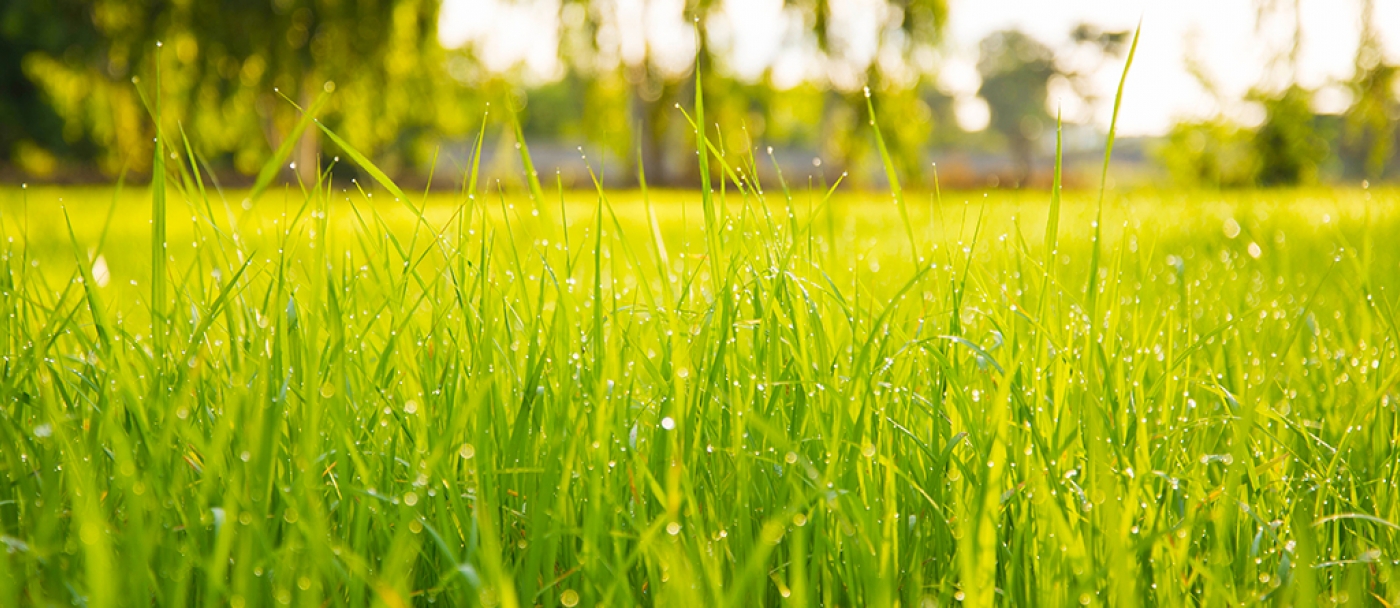Why Should I Overseed My Lawn?

If your lawn is green and healthy, overseeding probably isn’t necessary, but if your lawn is old, if it has bare patches, or if it’s been worn down by weather, pets, foot traffic or kids, overseeding may be just the ticket.
Overseeding an established lawn can rejuvenate the grass and restore its natural beauty. Your lawn will also be greener and more vigorous, with improved resistance to heat, drought, disease, and insects.
Generally, an overseeded lawn is healthier and usually needs less fertilizer and water to keep it in tiptop condition. Weeds aren’t as likely to get a foothold in a hearty, thick lawn.
Most importantly, overseeding a frazzled lawn is much easier than tearing up an established lawn and starting over.
When Should I Overseed my Lawn?
In northern climates, overseed in late summer or early fall, at least 45 days before the first expected frost in your area, while the soil is still warm from summer.
At this point, grass seeds germinate quickly and the cool air stimulates healthy growth. The grass should be well established before the ground freezes.
If you don’t get the job done in late summer or early fall, spring is the next best time. Spring overseeding allows the roots to develop before the arrival of hot weather.
How Often Should I Overseed my Lawn?
It isn’t necessary to overseed every year, but it’s common for a lawn to look a bit tired and worn out after five or six years. This is a great time to overseed with new and improved grass varieties.
Alternatively, you can plan on reseeding your lawn every three or four years, before it begins to look thin and sparse.





